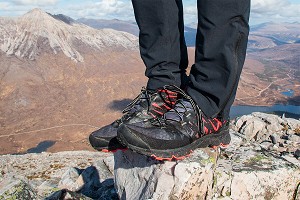
I've always been unconvinced by waterproof-lined shoes. For running or walking in warmer conditons I tend to find Gore-Tex footwear hot and sweaty, and in summer would always pick something cooler and more breathable. But how about sopping wet weather, or winter? Surely there's got to be a case for that lining in the cold. Could I be turned by Scarpa's Ribelle Run GTX?
Rob reviewed the non-lined Ribelle Run last winter, and found himself quite a fan. The addition of a waterproof membrane arguably gives the Ribelle Run GTX a slightly different remit, and we think this is enough to merit a second look.
What's it for?
Evolving from Scarpa's Ribelle range of lightweight, innovative mountaineering boots, the original Ribelle Run is intended as a technical shoe for rough and rocky terrain, but one that's adaptable enough to work for everything from skyrunning and races to more everyday trail or hill runs. Essentially the Ribelle Run GTX simply adds a waterproof lining to this design. In the process I'd say it has clearly become less attractive for warmer weather use, but consequently better suited to cold, wet, snowy or otherwise foul conditions. If you know it's going to be particularly wet underfoot, then this is probably the better option of the two Ribelle Runs. For me it's very much a winter shoe though, either on the hills or local trails closer to home. Since I live in the north Highlands that could mean around half the year.
If you want something more hardcore still for winter running in deep snow or proper cold, the new Ribelle Run Kalibra G with a built-in gaiter (but warm and windproof rather than fully waterproof) is an interesting-looking development. See here.
Price
At £175, there's no sugar coating it: the Ribelle Run GTX is at the high end for a running shoe. Even the unlined version is now £155, a substantial increase since our review last year. That's inflation for you. Either way it seems a lot to pay, but you are getting a very capable, versatile and well-made shoe for the money.
Weight
You've got to assume the GTX version weighs at least a little more than the unlined original, but I can't offer you direct comparison since Scrapa's weight figures online refer to different sizes. For the waterproof shoe they say 520g for a pair of size 38 (presumably this is the women's version since men's starts at 40 in the UK), while my much larger pair of size 47 weigh considerably more at 764g. Still I'd consider this midweight for a shoe, certainly not outrageous for a long day on your feet given the cushioning and support on offer (to say nothing of the waterproof membrane).
Fit
As with the Ribelle Run, the GTX version comes in both a men's and a women's/lower volume fit. I've gone true to size at 47, and this works well - especially with a thicker sock in cold weather. As Rob said in his review last year, the Ribelle Run fit is quite wide in the forefoot, and with a fair bit of volume (ie depth) from the midfoot to the toe. With my broader, higher volume foot I get on well with this shape overall, but someone with a narrower or lower volume foot might want to be a bit careful when trying them on, or consider the women's/LV alternative. In terms of width the exception, I've found, is at the end of the toe, which is notably more tapered than my absolute favourite Scarpa running shoe the Spin Ultra. Since I've got quite broad square-ish-ended feet I do get a bit of squeezing here, but the relatively soft upper has some give, which helps stop that being a significant issue.
The heel is broader and more relaxed. Compared to a lot of running shoes there's less padding and structure here than you might be used to, and I did wonder how I'd fare. Thankfully the EVA band that wraps around the heel does seem to do a good job of holding the foot in place, and I've not suffered any slippage or rubbing.
Scarpa's sock-fit construction gives a nice foot-hugging fit over the top of the foot, while the stretchy, padded tongue and collar are unobtrusive and comfortable. Rob wasn't a fan of the speed-fit lacing, and I'm inclined to agree. There's no nuance here, and to ensure my foot stays in place I've tended to tighten things a bit more overall than I'd normally have to. Traditional laces are supplied, and after persevering with the drawstring for a while (it's easier with cold hands) I swapped for the old fashioned but more effective and forgiving option of laces.
Upper
Its mix of synthetic mesh and thermal bonded TPU film gives the Ribelle Run a sleek look and feel, with nothing absorbent to soak in the mud or water - except, to an extent, the spongy tongue. You get a bit of rand at the toe for protection from rocks, while the overall feel is pretty durable.
Moving inside, let's look at that waterproof insert, the point of difference from the shoe Rob reviewed last year. Other viewpoints are valid, but when it comes to shoes (and socks) I am (I may have said) very much in the waterproof-sceptic camp. In warmer months I find all waterproof-lined shoes hot and sweaty, and they're slow to dry once flooded in a bog. For these reasons I prefer unlined running shoes most of the time, whether I'm running in them or doing something else like hillwalking or backpacking. But there is a big exception: when it's cold and wet, or cold and snowy.
Arriving on cue with winter's first snow, the Ribelle Run GTX couldn't have been better timed. Where in previous years I'd have put up with wet socks and cold feet for a few muddy and slushy months of winter runs, their offer of warm, dry feet instantly made them the obvious choice. I put my usual shoes away for spring. So far they've been a big success, noticeably improving foot comfort and warmth during a couple of proper cold snaps without yet feeling sweaty when the weather has switched to being above zero. As temperatures rise into spring there will of course be a cut-off, and for me this may come sooner than others more reconciled to Gore-Tex shoes. But I'm not there yet.
Midsole
We all have a different gait, and personal preferences in terms of drop (the differential between sole thickness heel-to-toe) and stack height (overall sole depth). The Ribelle Run's drop of just 4mm counts as minimal for me. As more of a heel striker I've had a mixed experience of Scarpa shoes with similarly small drop: the Spin Infinity gave me pains and I abandoned it; however I got on better with the Golden Gate ATR.
In the case of the Ribelle Run, the overall sole depth isn't too extreme. This brings you a bit closer to the ground than a chunky distance-oriented shoe like the Spin Infinity, which is good in terms of sensitivity and control on more uneven, technical terrain. It may also be this more sensitive and less plank-like feel that's helped me get on with the Ribelle Run. Its cushioned midsole is forgiving on harder-packed tracks and trails, but I don't find this really limits the responsiveness when things get tricky underfoot. It's quite a supportive sole too, which I tend to like for both running and hillwalking. For a shoe that can do a bit of everything an off-road runner might get up to I think it hits a good balance of cushioning, support and sensitivity.
Outsole
As with the Ribelle Run, Scarpa have used a Presa outsole with 'Supergum' rubber. This offers decent friction on slabby rock, and seems to be wearing well. However the 4mm lugs are definitely more all-terrain than mud-oriented, and without the bite you'd get with a deeper tread, and no heel breast for extra downhill braking, you may hit the outsole's limits on all-out slop. I've slipped over a couple of times when descending steep, wet grass. The Ribelle Run seems like it'd be ideal on big rocky hill days in summer; but given the waterproof upper version is otherwise very well suited to wetter ground and winter slush, it's perhaps a shame that there isn't a bit more aggression underfoot with the Ribelle Run GTX.
Thinking about the skyrunning part of its remit, with its flat little lugs and a bit of support in terms of edging you could quite happily go scrambling in this shoe - I'm sure I will at some point. It won't offer the climbing performance of a decent approach shoe, but it'll be a lot better to run or even just walk in.
So am I convinced?
In a word, yes. In more words: I've found the Ribelle Run GTX a fantastic shoe for cold and wet conditions, with a blend of cushioning, support and sensitivity that makes it a very capable all-rounder, from more technical hill running down to lower level tracks and trails. For me the Gore-Tex lining gives it a very definite seasonal remit, and so far this winter I've been glad of it. Aside from running, I can see this shoe being spot on for hillwalking and backpacking, and with the potential for decent scrambling performance it could be a useful option for crag approaches on wet ground. Overall, I'm sold - so long as it's fairly cold. Just don't ask me to wear them in summer.



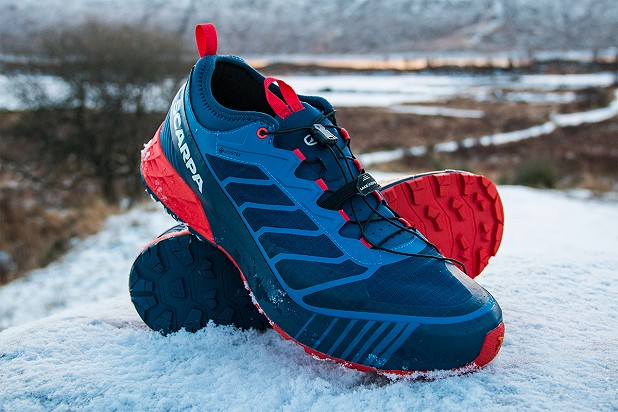
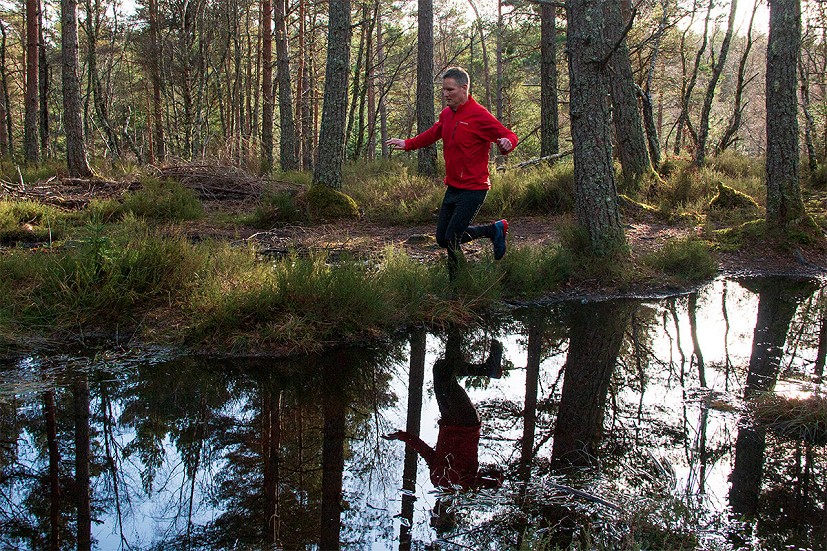
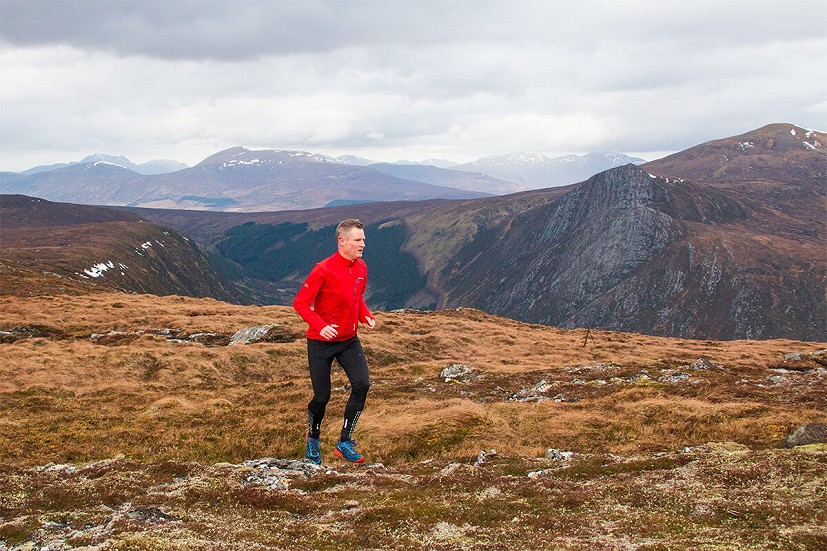
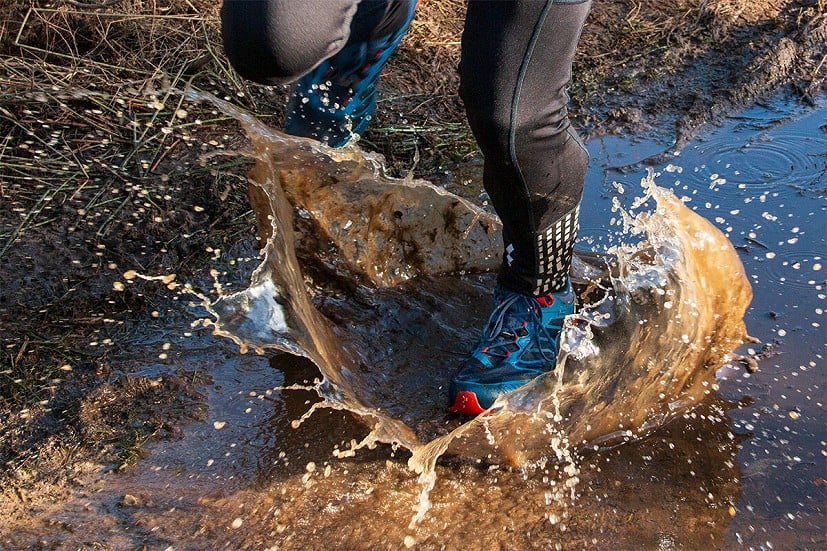
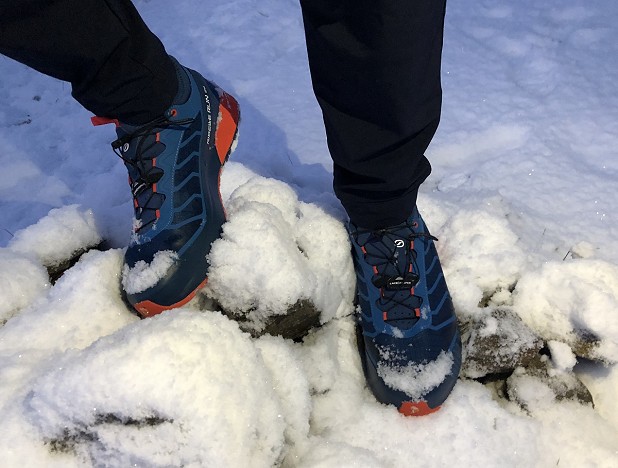
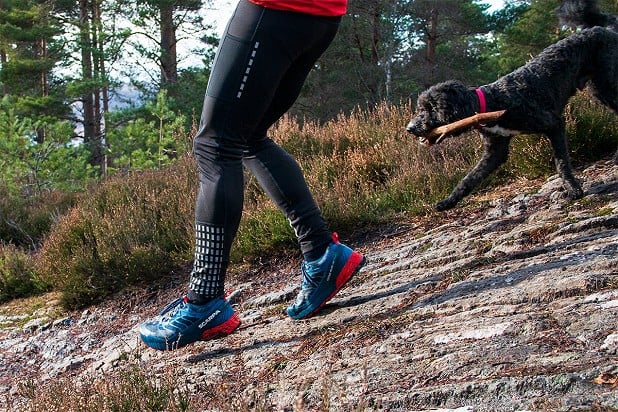
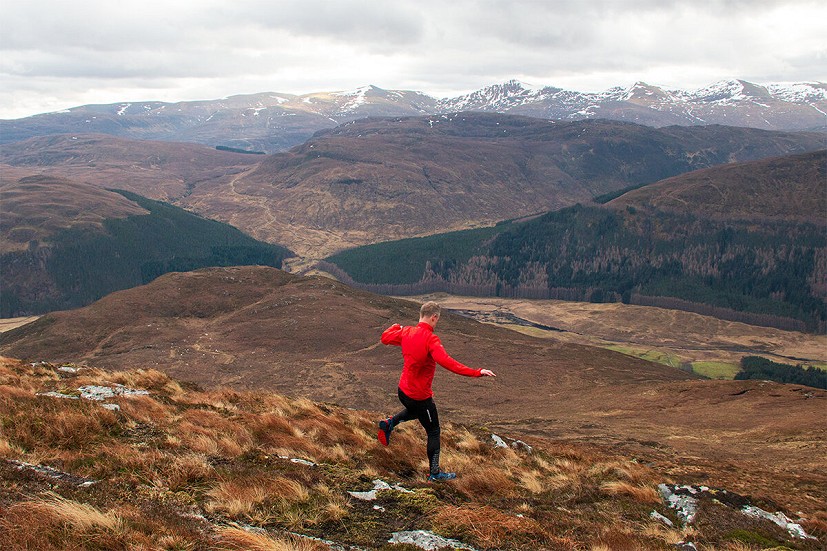

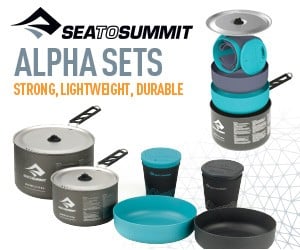
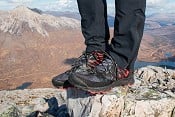
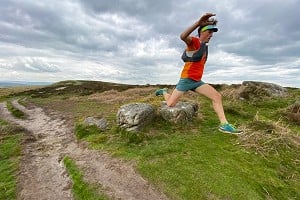
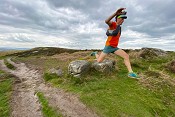




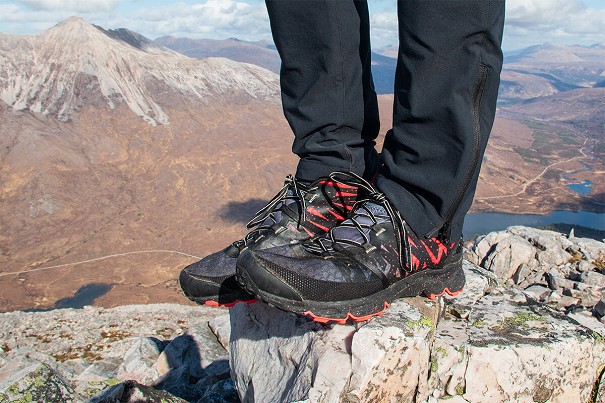
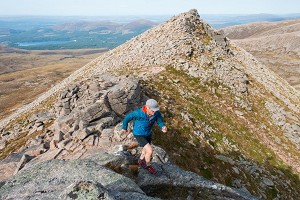
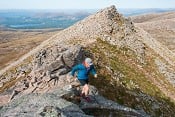
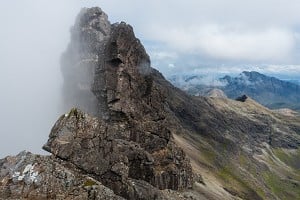
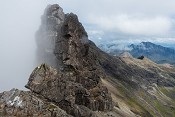
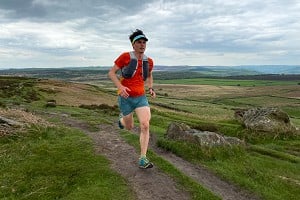
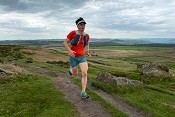


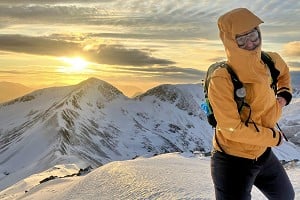
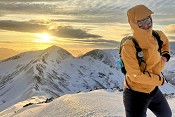


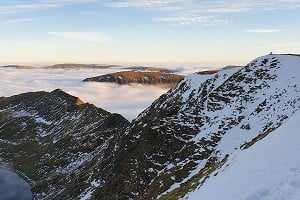
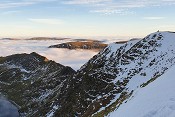

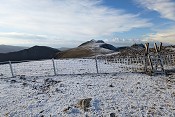
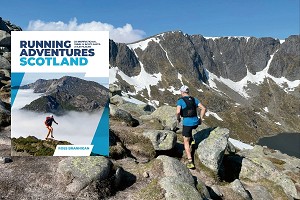



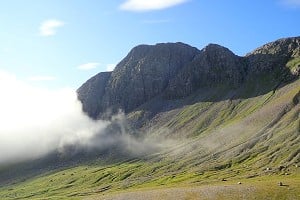
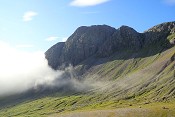
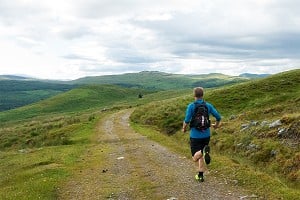
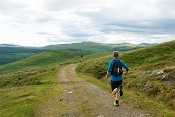


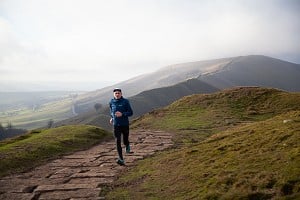





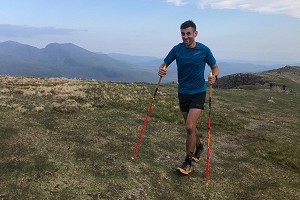
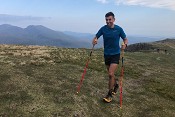


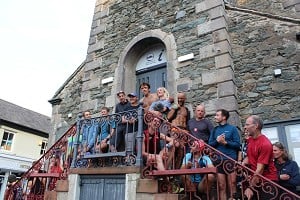
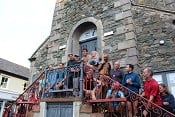






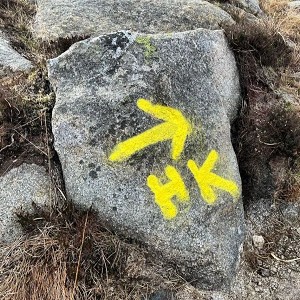
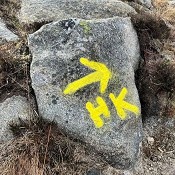


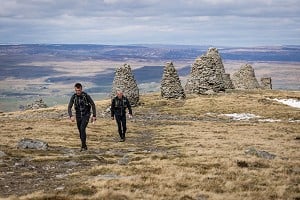
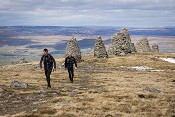
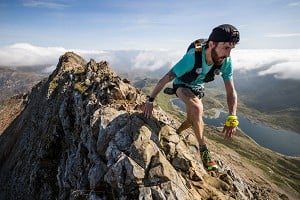
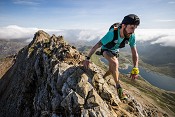

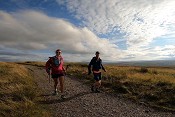


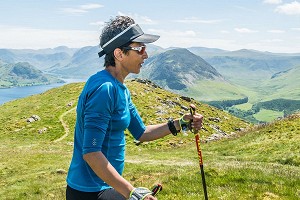
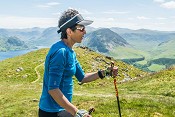
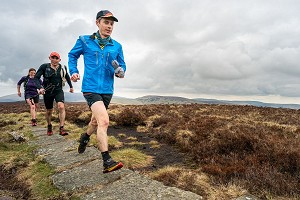
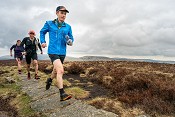
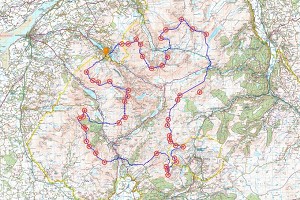
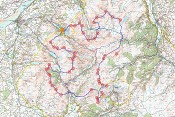

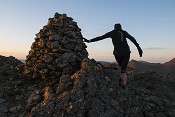
Comments
With the Ribelles I can wear the same sock under a mid-weight pair of Sealskinz waterproof socks and they still feel as if there’s a bit of free space in reserve, ie I have to pull the laces up fairly tight despite the bulk of sock.